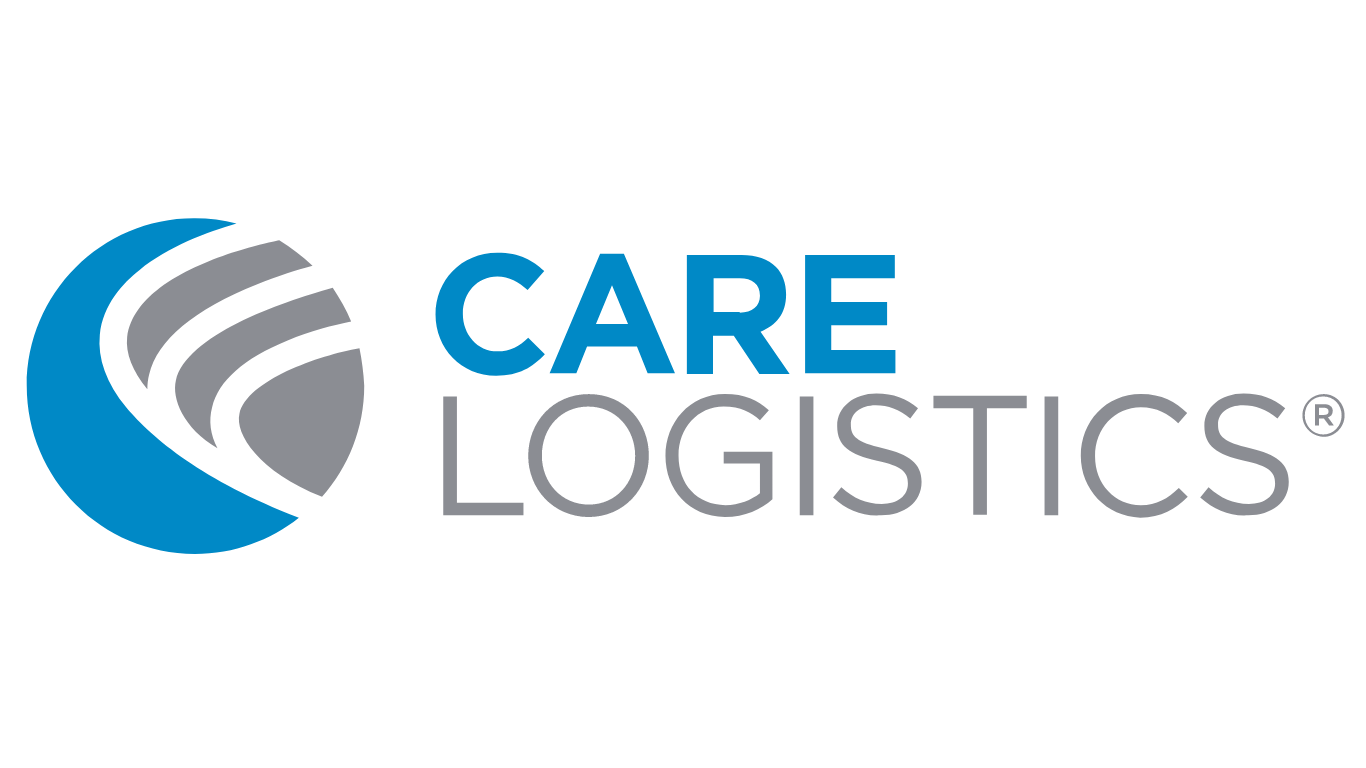A Throughput Emergency in the ED Finds the Right Treatment
Good Samaritan Hospital Medical Center’s Aim 4 Excellence achieves 5-year LOS reduction goal in only one year
The Situation
Good Samaritan Hospital Medical Center is part of a bustling community full of people with many choices in healthcare. They have the distinction of being the busiest emergency department in the community.
By 2016, a combination of ED patient traffic and delayed inpatient discharges had created critical patient backlogs. It had become the norm to see 50 or more patients, every day, stuck in the ED, waiting for inpatient beds… often waiting as long as 4 days. Some patients were even being discharged from the ED without ever making it to an inpatient unit.
As in most hospitals, Good Samaritan’s system of care was not designed to deliver optimal inpatient care in the ED. Overcrowding created stress on the delivery of care everywhere from the ED to the inpatient units.
The negative impact of this ‘new normal’ ran deep. Leadership struggled with the impact on patient experience and the effects it had on front-line care team members. It was something that kept both leadership and staff up at night.
The challenges didn’t end there. Patient care expenses rose. Quality and safety were put at risk. Length of stay and revenue targets were missed.
Every day at the “high occupancy” meeting, the team discussed the situation in search of answers, but were perpetually occupied by problem solving for immediate patient flow issues from the past 24 hours. Despite an earnest desire to understand the systemic source, they were simply unable to solve the problem with the status quo.
“We tried various ways to reduce our length of stay. The problem was that everyone was doing it in different silos.”
— Dr. Donald Teplitz, Chief Medical Officer
The Objective
The situation was dire. Hospital leadership was inspired to take new action by looking outside their organization for help. They needed to find a way to dramatically optimize patient flow and patient progression, to repair the patient experience, to bring joy and satisfaction back to their staff… and they needed to act fast. Improvements in key patient progression metrics were targeted including inpatient volume, Length of Stay, LWOT and CMI.
What They Did
In November 2016, the Good Samaritan team kicked off their “Aim 4 Excellence” initiative. The initiative centered on 4 priorities and included a partnership with Care Logistics to support the achievement of measurable performance in:
-

Efficiency and Coordination of Care
-

Safety and Quality
-

Communication and Innovation
-

Compassion and Experience
The first charge for the Care Logistics team was an extensive discovery effort. Key patient flow and patient progression challenges uncovered were centered around communication, coordination, and staff alignment. With this insight and the Aim for Excellence Initiative underway, the stage was set to begin implementation.
The initial Care Logistics go-live occurred in September of 2017, with a second phase expansion of software tools and practices in early 2018. While the software was a critical tool, using patient progression best practices to create a more efficient and effective operation was paramount.
When asked about how Aim 4 Excellence works with the support of the Care Logistics system of patient progression best practices and software, Theresa Adair, Director of Care Coordination said:
“They say information is power. What we are doing is giving power to everyone in the organization from the front-line to executive leadership. The right process and technology are in place. Whatever you need to know, you can know right now in real time to figure out the next move you need to make, and the focus is truly on the patient.
— Theresa Adair, Director of Care Coordination
A crucial part of the Aim 4 Excellence initiative centered on creating physician alignment with the 4 priorities. Good Samaritan and Care Logistics team members engaged the medical board, asking them to be partners in the process by making Target Length of Stay (TLOS) a priority among physicians. While it was a difficult conversation in the beginning, physician leadership agreed.
Each physician is also now responsible for meeting interaction requirements with unit-based nursing Clinical Care Coordinators (C3s). They call it "mutual accountability", and it has changed the relationship between administration, physicians, and nurses... for the better. With shared patient progression goals and active collaboration in meeting those goals, everyone began winning.
Performance Highlights
The resulting physician/C3 alignment enabled staff to finally overcome the old environment and create a new one... doing more of what brings them joy in their work: caring for patients. And joyful physicians and nurses create better patient experience. Joyful physicians and nurses deliver better quality and reimbursement results.
“We saw an amazing culture change where the patient went back to being the center of attention,” said Gara Edelstein, Chief Nursing Officer. “The nurses are happier. I know physicians and patients are happier. It's made all the difference in the world for me.”
Patient flow improvements are apparent in the ED as well. When two electronic boards were installed for ED patient tracking, the team initially worried that 2 boards would not be enough to show all the patients waiting. Today, there are so few patients boarding in the ED that it is rare to see patients show on the 2nd board.
The Good Sam team achieved their 5-year LOS goal in the first year of the initiative.

